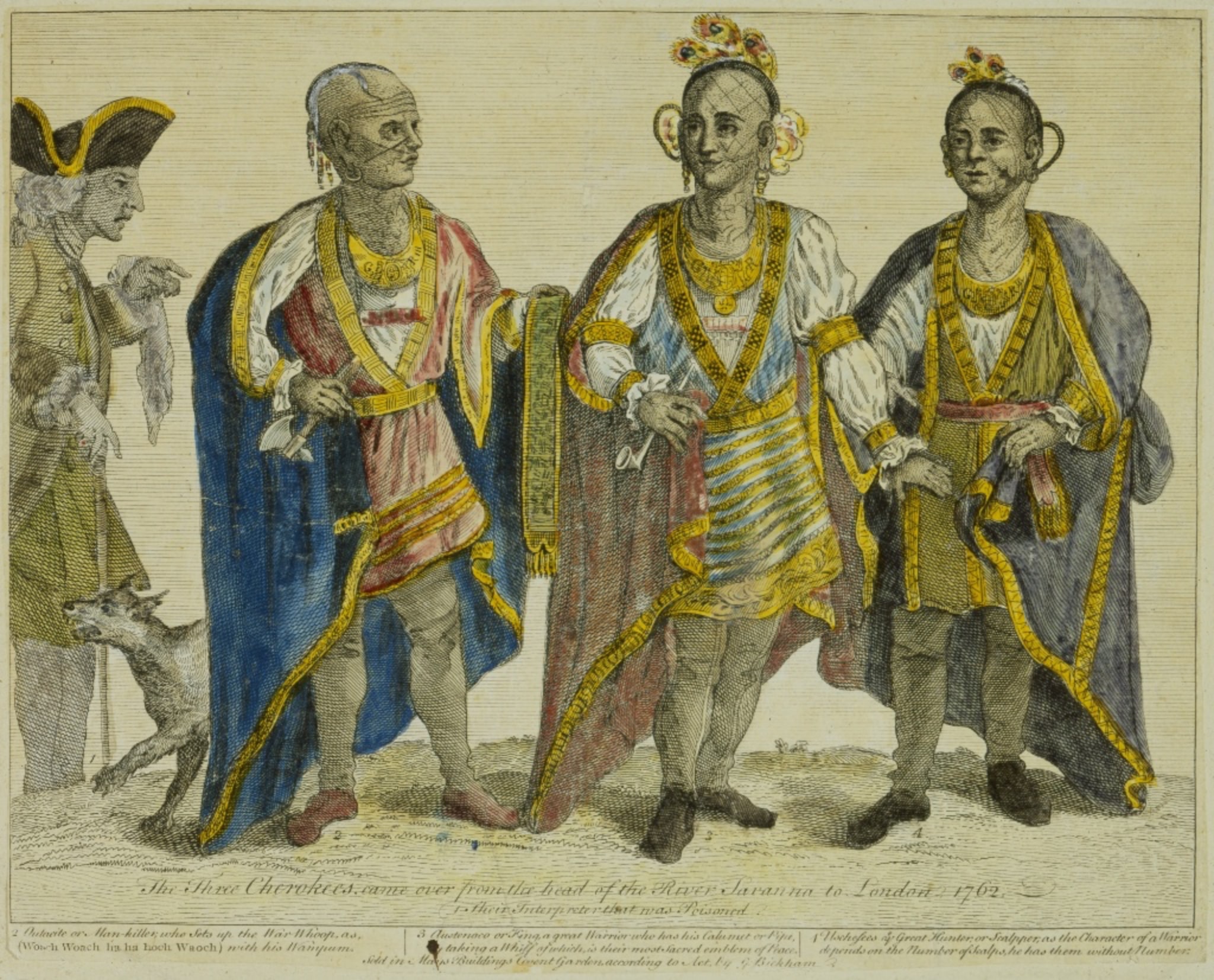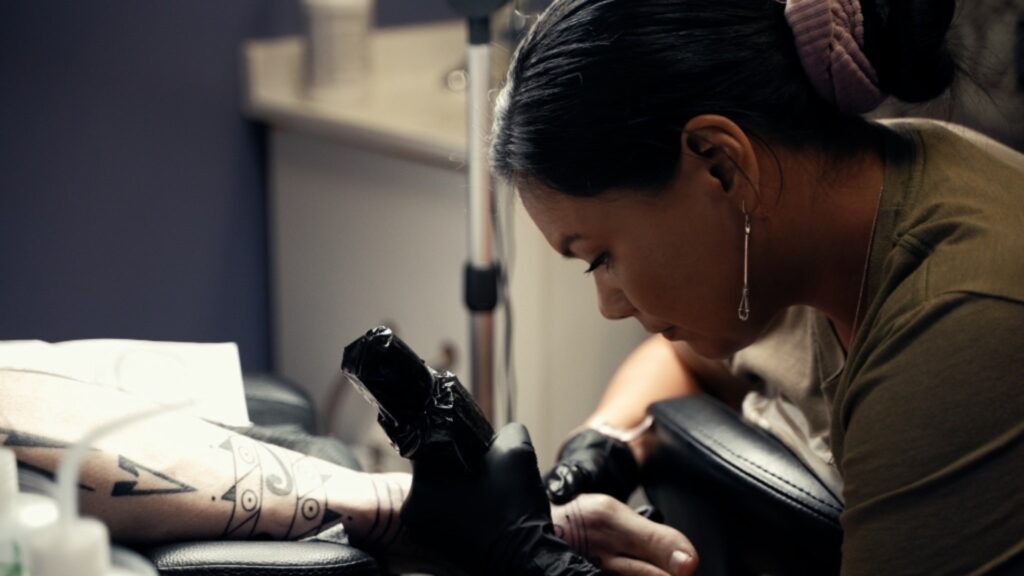5
EPISODE FIVE : TULSA
OUR STORYTELLERS

NICO

NATHALIE
TATTOO
u-do-we-lv a-ye-lv
(Cherokee)
For the Cherokee people of the Southeast Woodlands, tattooing was long an integral part of personal and collective identity. The Cherokee word for tattoo is u-do-we-lv a-ye-lv, meaning “my name as it’s written”.
Before the development of the Cherokee syllabary, tattoos were used as a means to record one’s own identity. Tattoos were common among warriors, who had earned the right to have them through battle, just like military medals today.
Design elements unique to Cherokee tattooing included deltoid points, repeating dots, spears and natural motifs such as lightning and bear claws, commonly found on the chest, arms, throat and face.
These tattoos were a military record representing the achievements of an individual warrior. They represented how many men they had killed, the spiritual deities that had protected them, how many times they had been wounded, which battle they had fought in or how many scalps they had taken.
There was also a strong tattooing culture among Cherokee women, who used the practice as a status symbol and as a means of recording the number of children they had, how many men they were married to and the important events in their lives.


Tattooing needles were made of bone, copper or even locust thorns, whilst ink was derived from natural ingredients; black from charred river birch and red from rust-coloured iron ochre.
As Cherokee people were exiled from their traditional homelands in the Southeast and forcibly displaced to “Indian Territory” in Oklahoma, much of these age-old traditions were lost.
In white settler-colonial society, tattooing was seen as taboo and idolatrous, with jurisdictions like Oklahoma banning the practice until 1963. These colonial attitudes and laws decimated Indigenous tattooing practices that had lasted millennia.
Today, much of what we know about these tattooing practices comes from historical archives, including George Bickham’s 1762 The Three Cherokees Came Over from the Head of the River Savanna to Londonengraving. The coloured engraving shows three Cherokee kings with face and neck tattoos who had travelled to London.
Only now are tattoo artists, anthropologists and historians diving into the past to uncover this ancestral tattooing knowledge and rebuilding a tradition that records and celebrates Indigenous identity.

CONTACT US
Have a story about your own little big community?
Reach out and let us know! We would love to help you tell it.
